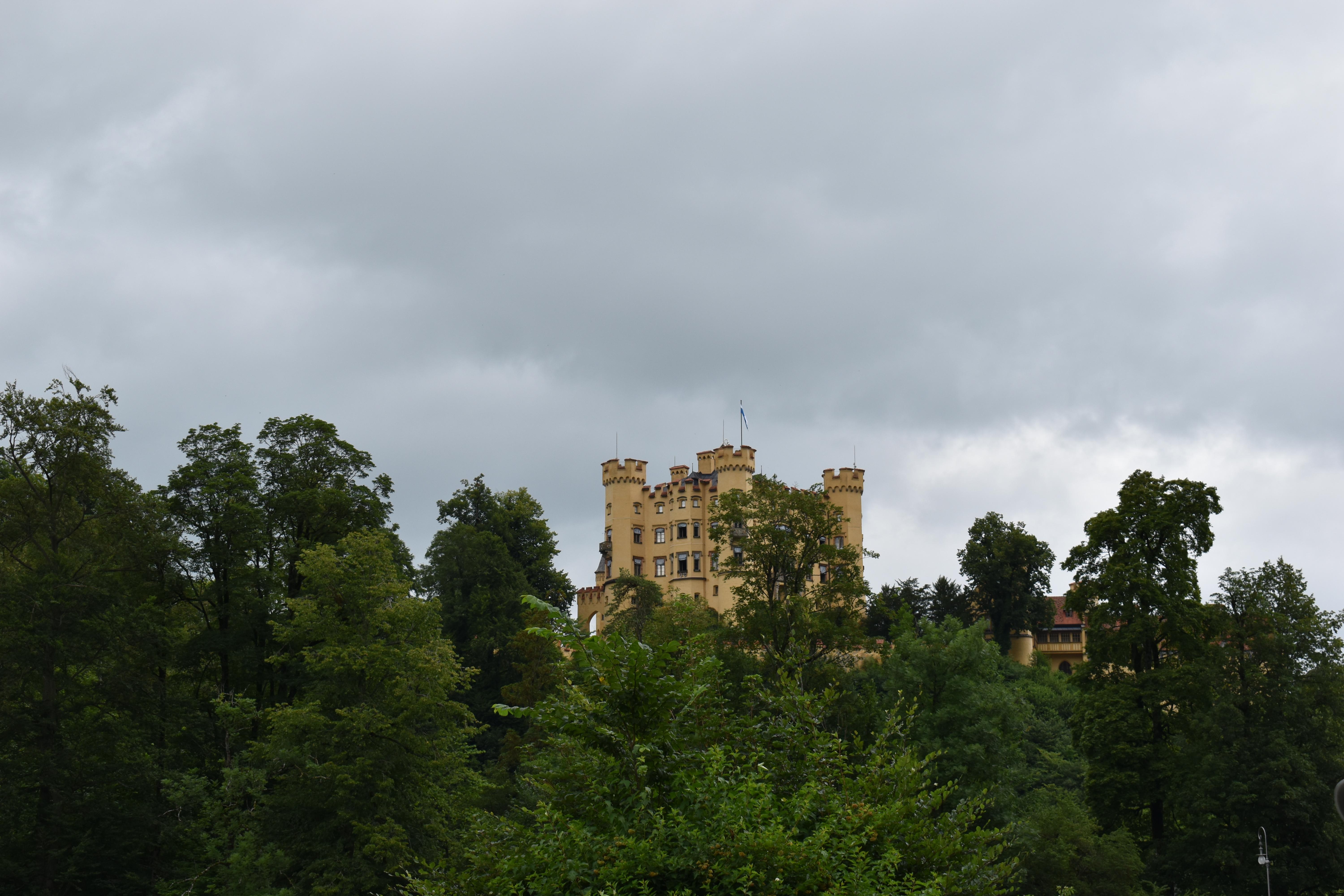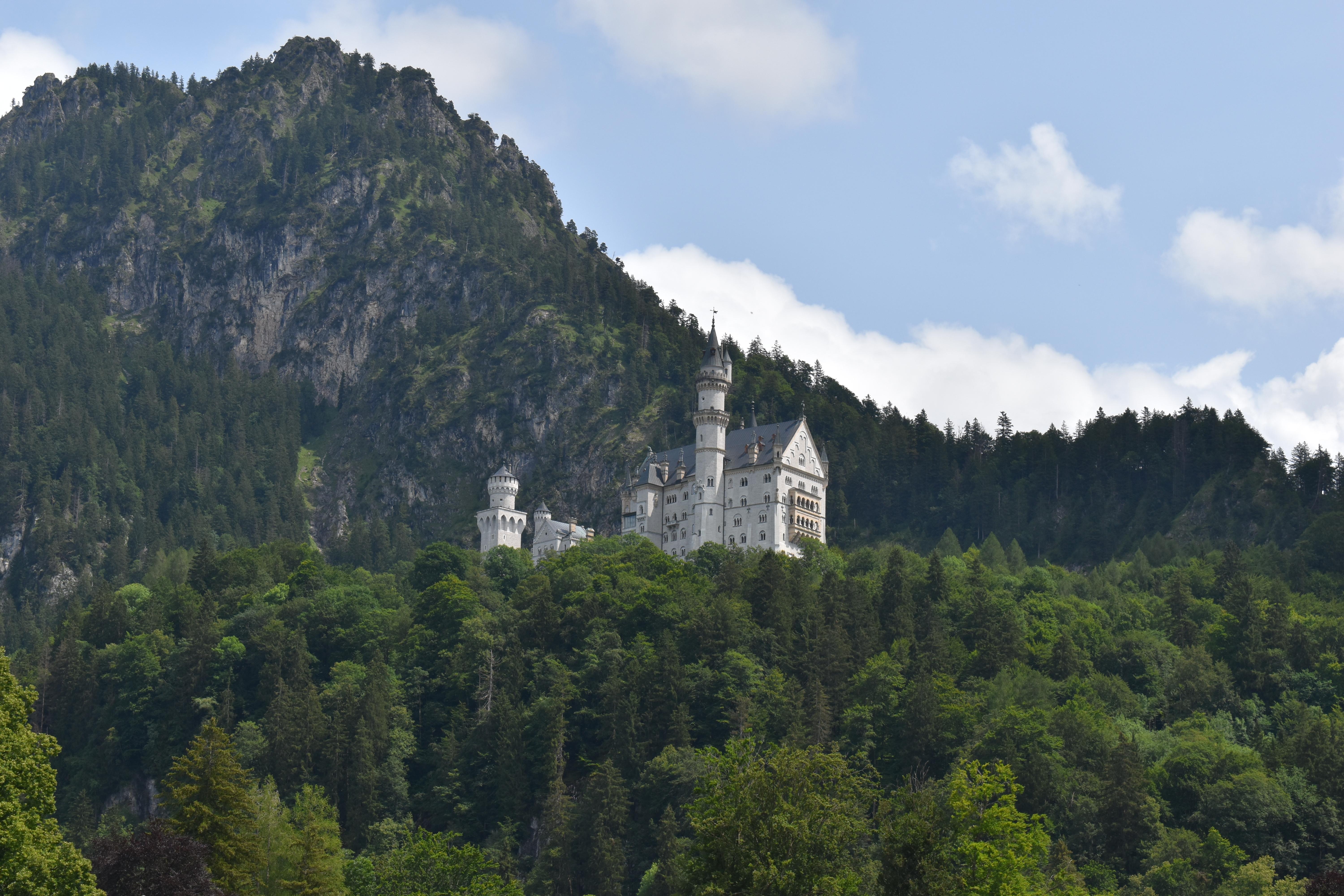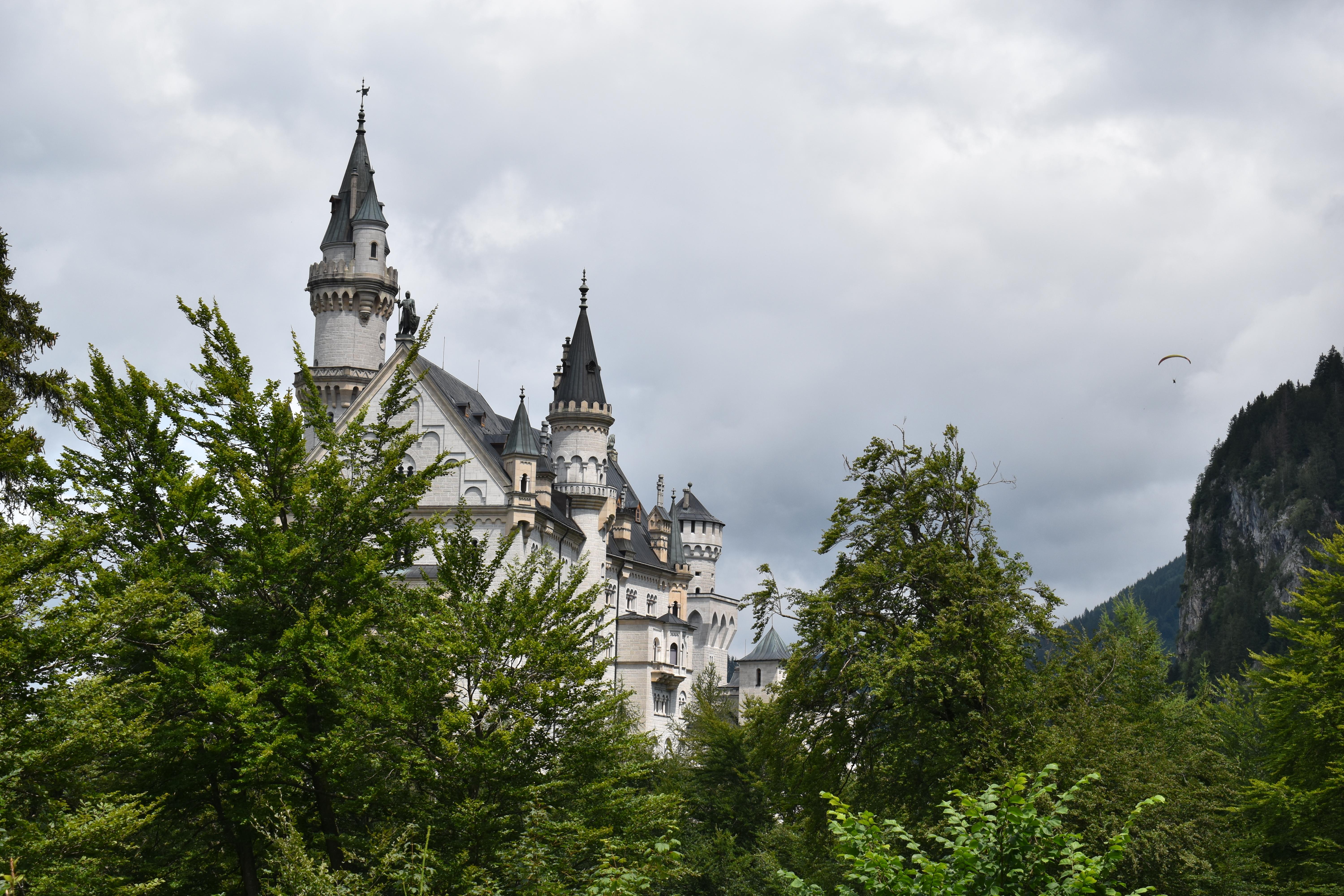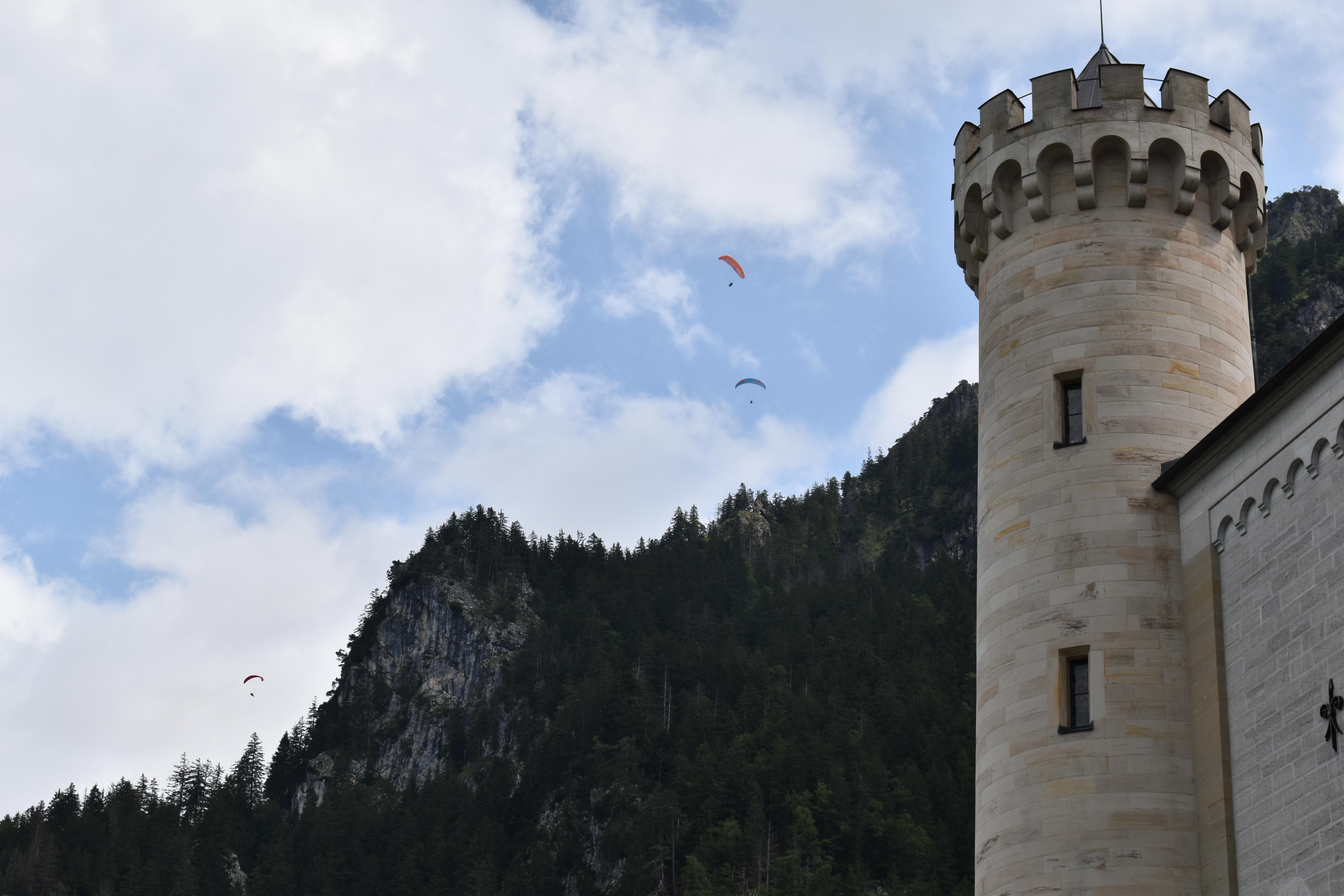Neuschwanstein Castle & the Sad Tale of the Swan King
Posted on Fri 15 November 2024 in /places
Schloss Neuschwanstein (literally translated "New Swan Stone Castle"), was to be the magnum opus of King Ludwig II of Bavaria, however it was never completed and remains as the largest remnant of the truly unfortunate life of its benefactor, the last king of Bavaria.
The Young King
Ludwig II ascended the Bavarian throne in 1864, at age 18, after his father, King Maxamillian II, died unexpectedly due to illness age 52. Initially Ludwig was popular with the people, due to his young age and good looks. However, he lacked interest in ruling, being ill prepared on taking the throne and didn't improve.
Due to his good looks, it was surpising to many of his people when he didn't take a bride. However, those closer to him may have known that he wrote romantic letters to male recipients, which, unfortunately, he struggled to repress due to the strong influence of the catholic church on both his own life and his kingdom.
Early into his reign, Ludwig summoned Richard Wagner, a famous composor, into his court. Ludwig was a massive fan of Wagner's, with Wagner often spending time at Ludwig's summer residence Schloss Hohenschwangau ("Swan District Fortress"). Unfortunately, Ludwig likely had a romantic interest in Wagner, but was lead on by the composer. Knowing that the King's pockets were a very deep, Wagner entertained the king.
About 5 years after ascending the throne, Ludwig resigned himself from politics and focused on his artistic works. During this time he funded and individually oversaw every decision in the design of his works. Many of the creative works he funded were palaces and castles, the earliest (completed in 1876) being the expansion of Königshäuschen ("King's little house") into Schloss Linderhof ("Linderhof Palace"), which became his residence for much of his life. Wagner, still under patronage of Ludwig, built Bayreuther Festspielhaus ("Bayreuther Festival Theatre"), designed specifically for the Bayreuther festival, a music festival held in Bayreuther, started by Richard Wagner to promote his works, in an attempt to gain finanical independance after a downturn in his royal relations. Inspired from an earlier vist to France, in 1867, but being unable to visit the Palace at Versailles, Ludwig commissioned a copy of the Palace to be built on Herreninsel, the largest island in Chiemsee (a lake south east of München). Only the centre wing was built, and the palace was not completed.
Schloss Hohenschwangau
Schloss Neuschwanstein was one of the last projects attempted by Ludwig II. During the construction, Ludwig spent much of his time at Schloss Hohenschwangau, a castle restored from a fort into a Royal Palace by his Father, Maxamillian II.

Photo of Schloss Hohenschwangau.
Schloss Neuschwanstein
During his residence here, he used a telescope to keep track of the construction progress. Unfortunately, his reign ended before it was completed, in fact only 7 of the rooms were furnished, the rest, left bare.
These extravagent projects were all funded by the king himself, using his personal wealth and loans, not using the state money. He built up large individual debt during his projects, that he never managed to pay off.

Neuschwanstein Castle, also known as the fairytale castle.
The End of the Bavarian Kings
Ludwig did not take a wife, or sire an heir, and his reputation with the people quickly soured with his obvious disinterest with leadership. The 19th century in Europe was heavily devided in the monarchist conservatism and anti-monarchist radicalism. His people grew impatient, in June 1886, he was officially deposed.
Initially informed by his faithful coachman, Fritz Osterholzer, he prepared for the government commission including Maximillian von Holnstein, a previously close friend of Ludwig's, having being royally pardoned for an illegal honour duel.
He was held in Berg Castle, in south Munich, under house arrest. After not returning from an evening walk with doctor, Gudden, Ludwig and Gudden were found having drowned in shallow water. The offical cause of death of the last king of Bavaria, was a suicide.

Turrents of Neuschwanstein Castle.
I find suicide unlikely, due to his doctor being found - dead - with him after hours earlier, discussing the improvement of the monarch's mental health.
Another explanation for the demise of Ludwig is a fatal escape attempt crossing the cool (12 degrees Celcius) water, causing a heart attack or stroke. Again I don't find likely due to Gudden needing no reason to risk his life to escape, as Gudden was still a free man. Ludwig was also known as a strong swimmer and as mentioned, was found in waist deep water.
There is an unconfirmed witness, who claims was part of a royal loyalist conspiracy to help Ludwig escape his imprisonment by crossing the lake in a boat. According to this source, Ludwig stepped a foot on the boat as was shot and killed by his captors. More credence is leant to this source when Countess Josephine von Wrbna-Kaunitz revealed a coat to her friends, with two bullet holes, claiming it to be the coat Ludwig wore on the night of his death.

Parachuters around Neuschwanstein Castle.